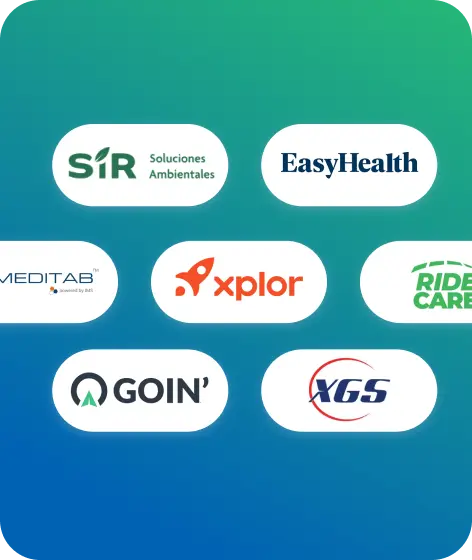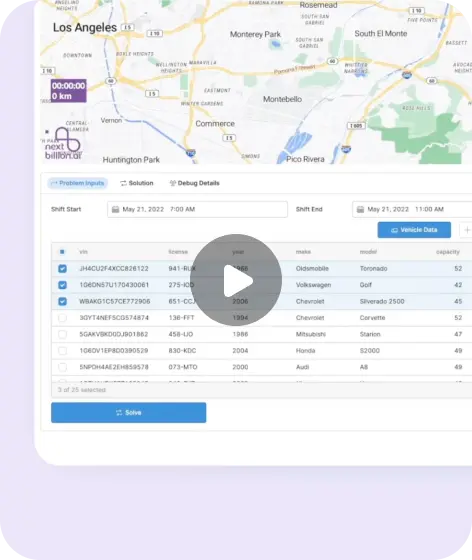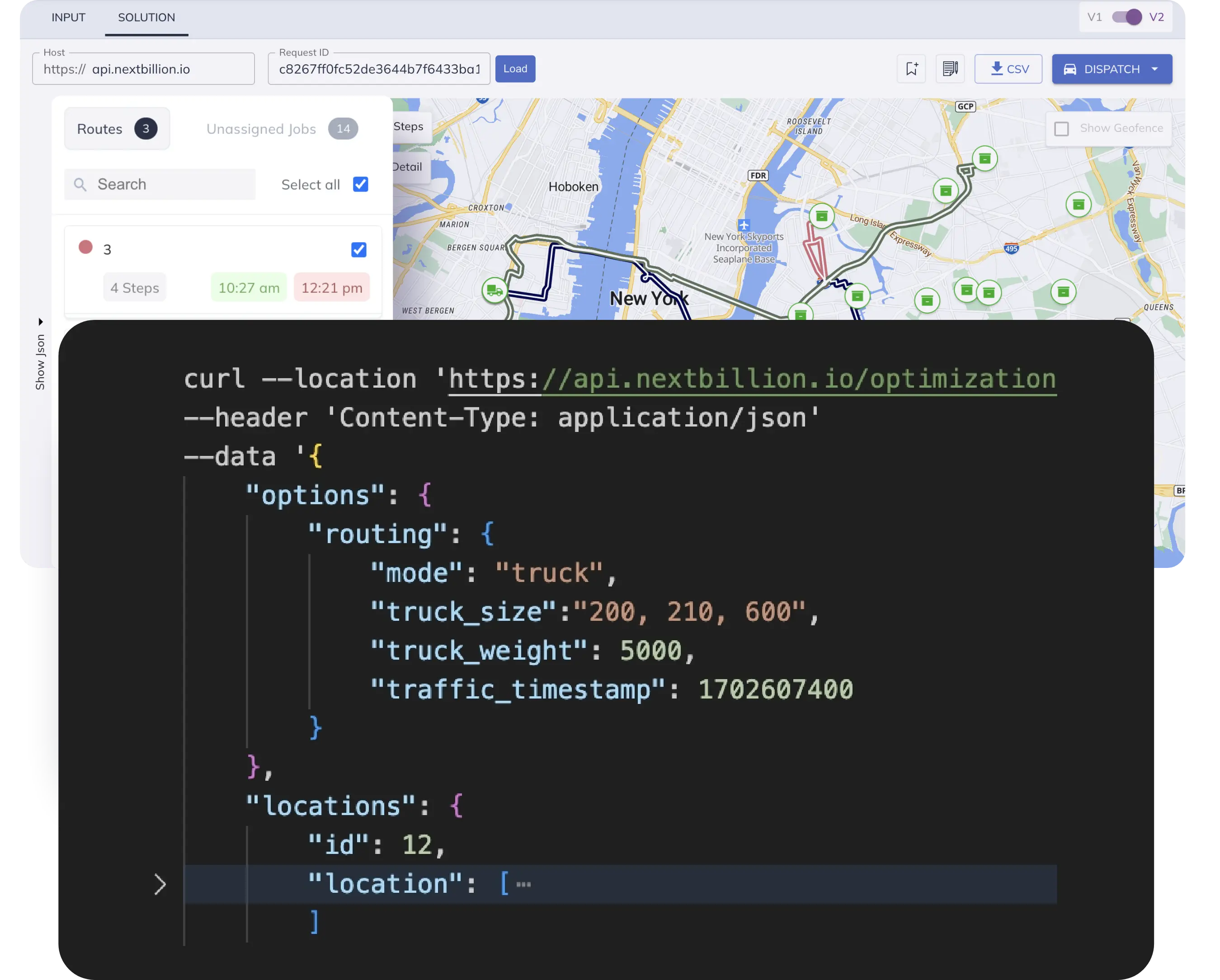Table of Contents
“Change is inevitable. Growth is optional.”
— John C. Maxwell
News to Digest:
- ArcGIS Desktop support ends in 2026, affecting tools offering route optimization.
- ArcMap-based workflows and custom tools will need migration or replacement.
- Industry is shifting toward cloud-native, API-first routing platforms.
With ArcGIS Desktop officially entering deprecation, logistics organizations using tools for route optimization and ArcMap-based workflows face a pivotal shift.
From support ending in 2026 to the growing demand for cloud-native alternatives, this transition signals a major change in how routing and spatial planning will be managed moving forward.
As support winds down, businesses must reassess their existing GIS infrastructure. Legacy integrations, custom tools, and familiar workflows tied to ArcGIS Desktop will require migration or reengineering.
The shift isn’t just technical. It’s strategic, pushing teams to adopt more agile, API-first platforms that align with the evolving demands of modern logistics and field operations.
ArcGIS Desktop Retirement: Deadlines and Migration Essentials
Esri has officially announced the deprecation of ArcGIS Desktop, marking a significant shift for GIS users worldwide. As of March 1, 2024, ArcGIS Desktop entered Mature Support, and it will be fully deprecated by July 1, 2024, with complete retirement planned for March 1, 2026.
After this date, no new licenses will be sold, and the software will no longer receive updates, patches, or bug fixes. While perpetual license holders can continue using the platform, subscription users will need to transition to ArcGIS Pro as their licenses expire.
Many existing extensions have been migrated to ArcGIS Pro, though some like ArcGIS Schematics and Tracking Analysts will not be available in the new environment. Additionally, Esri is moving away from concurrent-use licensing to a named user model, requiring organizations to rethink access and user management.
To ensure continuity, Esri strongly recommends planning a structured migration to ArcGIS Pro well ahead of the 2026 cutoff.
The Big Move: Time to Plan Ahead
This isn’t just a software transition only. It’s an opportunity to re-evaluate your routing and mapping infrastructure. Whether you’re relying on legacy integrations, custom workflows, or third-party tools, planning ahead ensures a smoother migration, reduced risk, and future-ready operations.
Now is the time to audit your current systems, assess dependencies, and explore modern, scalable alternatives that align with evolving business needs.
Also Read: ArcGIS Pro vs ArcGIS Desktop Comparison
Operational Risks of Waiting Too Long
The deprecation of ArcGIS Desktop will impact any organization relying on ArcMap-based tools, custom extensions, or legacy integrations.
- Loss of updates, patches, and official support after 2026.
- Increased risk of security vulnerabilities and system instability.
- Custom extensions and legacy workflows may stop functioning or require rework.
- Higher IT overhead to maintain unsupported systems.
- Urgent need to evaluate and adopt modern, future-ready platforms.
Why NextBillion.ai Is the Right Alternative!
As logistics and field operations evolve, businesses need more than just a GIS tool. They need a smart, adaptable platform that can power real-time decisions, integrate seamlessly into existing workflows, and scale with operational needs. That’s where NextBillion.ai comes in.
NextBillion.ai offers a cloud-native, API-first spatial platform designed to handle large-scale, real-world routing and geospatial challenges with speed and precision. Built for modern use cases, it addresses the gaps left behind by legacy systems like ArcGIS Desktop and tools for route optimization.
Built for the Future: Key Advantages of NextBillion.ai
-
Modular APIs for Maximum Flexibility
NextBillion.ai provides a suite of modular APIs including routing, matrix, geocoding, map tiles, and more. It enables users to build exactly what your operation needs, without overhauling everything at once.
-
Custom Maps and Data Control
Unlike black-box systems, NextBillion.ai allows businesses to customize maps, ingest proprietary datasets, and use region-specific data, ensuring accuracy and control over location intelligence.
-
Real-Time & Dynamic Routing Capabilities
Handle real-world uncertainties like traffic, ad-hoc orders, cancellations, and time windows with dynamic reoptimization. Move beyond static route planning to real-time logistics intelligence.
-
Seamless Integration with Existing Systems
Whether you’re using a custom dispatch system, telematics platforms like Samsara, or fleet management tools, NextBillion.ai integrates easily, making migration frictionless.
Migration Simplified: From ArcGIS to NextBillion.ai
Migrating away from ArcGIS doesn’t have to be painful. With NextBillion.ai’s dedicated onboarding support, industry expertise, and customizable APIs, teams can transition smoothly without losing critical capabilities.
The deprecation of ArcGIS Desktop is a clear reminder that legacy tools can’t match the scale, speed, and complexity of today’s logistics and field operations. Delaying migration only adds technical debt, increases costs, and heightens operational risk.
NextBillion.ai offers a future-ready alternative built to handle today’s demands and tomorrow’s growth. If you’re planning for resilience, scalability, and smarter operations’ now is the time to move.
For more information around this, feel free to talk to our experts today!
Ready to get started?
Request a DemoTable of Contents





